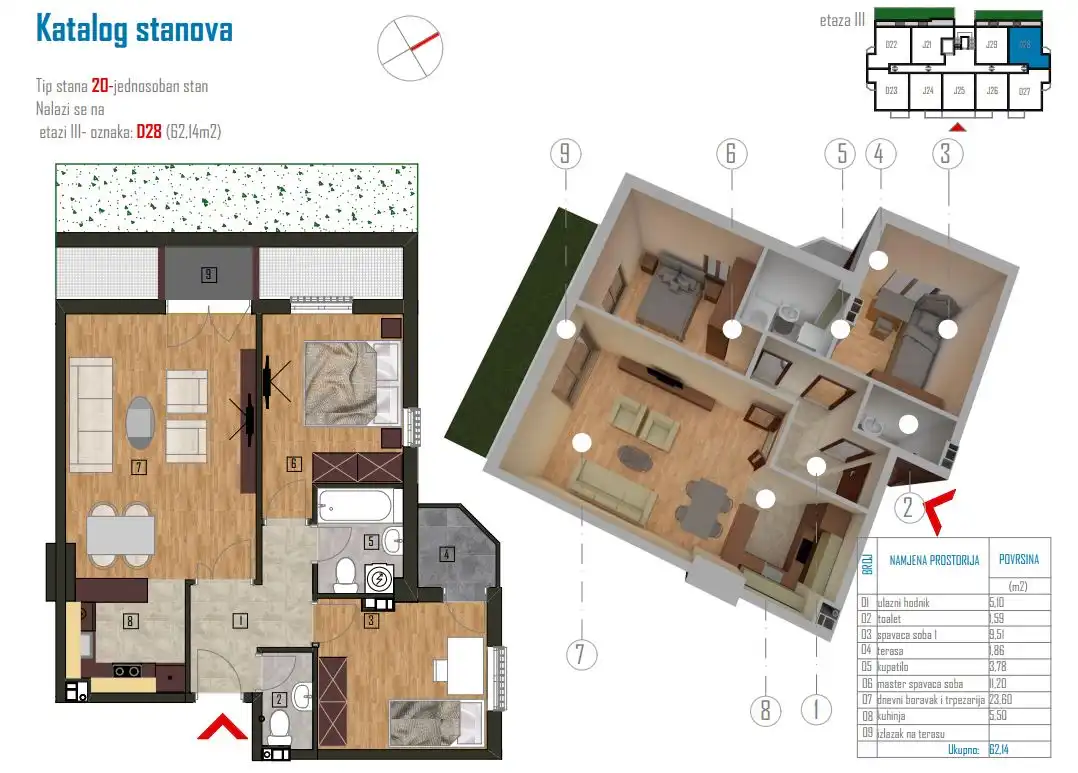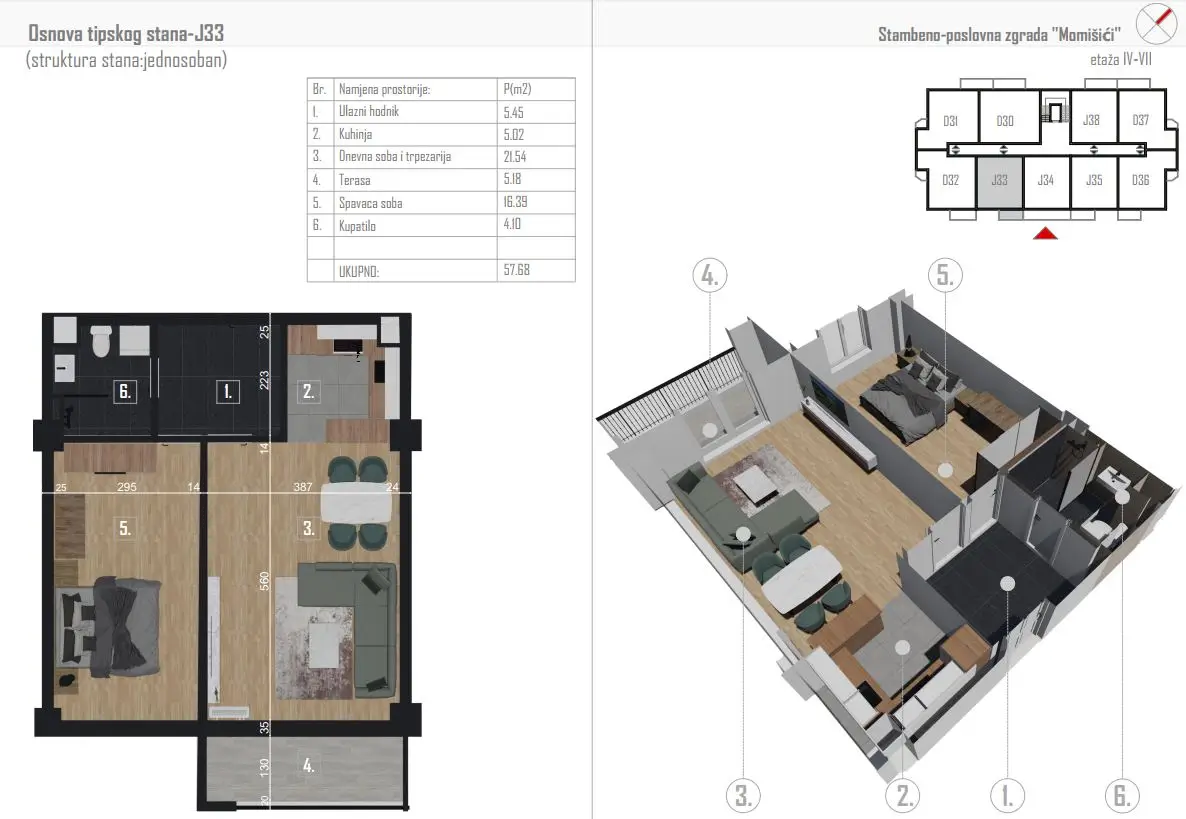Okay, so check this out—DeFi has exploded beyond Ethereum. Now, you’ve got assets scattered across chains like a wild west frontier. It’s messy. Seriously, just keeping track of your holdings feels like juggling flaming torches while riding a unicycle. At least that’s how it felt for me until I stumbled on better ways to tame this chaos.
Initially, I thought using a separate tracker for each chain was manageable. But then I realized—nope, that’s a one-way ticket to confusion-ville. You miss transactions, forget about some protocols, and worst, you risk costly mistakes. Something felt off about relying on wallet extensions that only see Ethereum or a single network. Hmm…
Cross-chain swaps? Don’t get me started. The delays, the fees, the gas wars. On one hand, they promise seamless asset movement; though actually, the UX is often clunky and risky. If I had a nickel for every time I lost tokens to a failed bridge, well, I’d be sipping margaritas in Cabo right now.
Here’s the thing. The rise of advanced wallets like rabby wallet changes the game completely. It’s not just a wallet—it simulates transactions before you commit, so you catch those sneaky MEV bots trying to sandwich you. Plus, it supports cross-chain swaps natively, which is a lifesaver when you’re juggling multiple assets and DeFi protocols.
Wow! That simulation feature alone saved me from losing a chunk on a bad trade. You get an intuitive, real-time preview of what’s about to go down on-chain. No more guesswork, no more “Did that just cost me 0.5 ETH in fees?” moments.
Tracking your portfolio across different chains is like trying to follow multiple soap operas at once. Each chain has its own tokens, DeFi dApps, and governance tokens. So, aggregating all that data in one place isn’t trivial. Many apps claim they do it, but they often miss transactions or show outdated balances. My instinct said, “There’s gotta be a better way.”
Actually, wait—let me rephrase that. The better way exists, but it’s still evolving, and you have to be selective. For me, the sweet spot is wallets that combine portfolio tracking with active transaction protection. That’s why I’m biased towards solutions like the rabby wallet, because it doesn’t just display numbers; it empowers you to act safely.
Let me tell you a quick story. A while back, I was deep into yield farming on a Layer 2 solution, and I had assets on Avalanche, Polygon, and Ethereum mainnet. I tried using a popular portfolio tracker, but it didn’t reflect some of my recent liquidity pool positions. I got nervous, double-checked on-chain data manually, and realized I had underestimated my exposure. That was a wake-up call.
On another note, cross-chain swaps are evolving rapidly. Bridges are becoming faster and more secure, but each comes with trade-offs. Fast bridges sacrifice decentralization; secure ones are slower or costlier. It’s a balancing act. The better wallets now integrate these bridges under the hood, making swaps feel seamless without forcing you to manage multiple interfaces.
So yeah, I’m not 100% sure if cross-chain swaps will ever be as frictionless as on-chain trades within a single network. But with tools like the rabby wallet, that gap is shrinking. It’s like giving you a co-pilot who warns you of turbulence before you hit it.

What bugs me about most DeFi wallets is their blind spot on MEV (Miner Extractable Value) attacks. If you’re swapping big amounts or engaging with complex protocols, MEV bots can front-run or sandwich your transactions, draining value quietly. The simulation feature in advanced wallets predicts these scenarios, so you’re not flying blind.
Another tricky piece is DeFi protocol diversity. Some trackers only cover popular protocols like Aave or Compound, but what about newer or niche ones? I’ve seen cases where users miss rewards or even token airdrops simply because their portfolio trackers don’t support those protocols yet.
Here’s the kicker—this space moves so fast that even the best tools can’t keep up 100%. So, it’s smart to stay hands-on and cross-check critical positions manually now and then. (Oh, and by the way, I’m still waiting on a perfect all-in-one solution that feels as smooth as Venmo but for DeFi.)
One more thing: the user interface matters A LOT. I once tried a wallet that promised all these features but had a clunky UX. It slowed me down, made me second-guess transactions, and frankly, gave me a headache. The good ones, like rabby wallet, combine deep functionality with clean design, so you’re not overwhelmed.
So, what’s next? I’m watching how multi-chain portfolio management evolves with innovations like on-chain analytics, AI-driven alerts, and enhanced privacy protections. The combination of real-time data, transaction simulation, and MEV defense is powerful. It’s not just about tracking assets anymore; it’s about managing risk dynamically.
Wow! I didn’t expect to get this deep, but it’s exciting how far this has come. I guess the takeaway is that while DeFi portfolio tracking and cross-chain swaps remain challenging, the tools are catching up fast. You just gotta pick the right ones and stay curious.
Oh, and if you want to try something that’s been a game changer for me, definitely check out the rabby wallet. It’s not perfect, but it’s the closest I’ve found to a trustworthy sidekick in this DeFi jungle.




